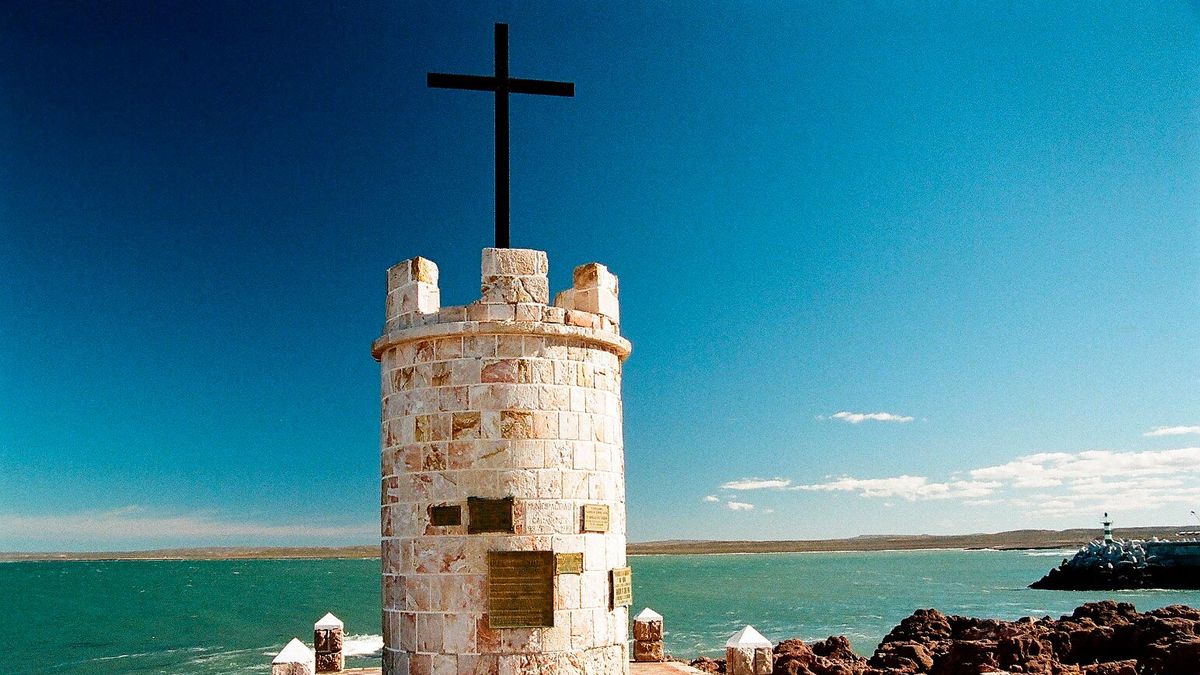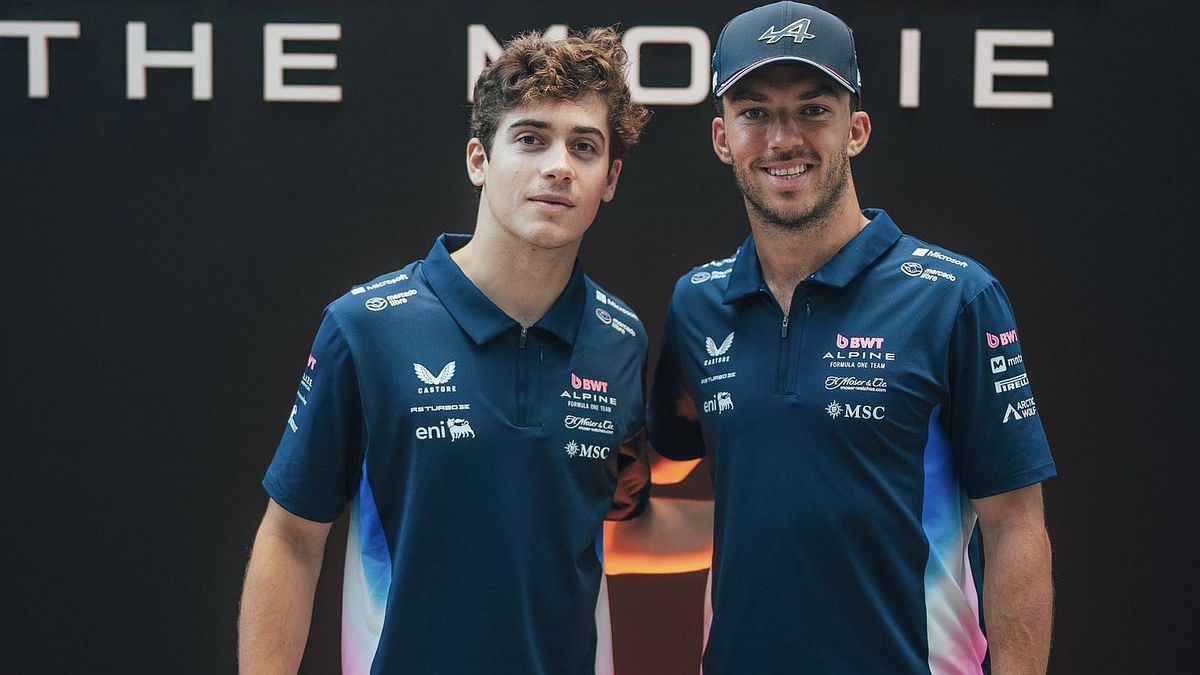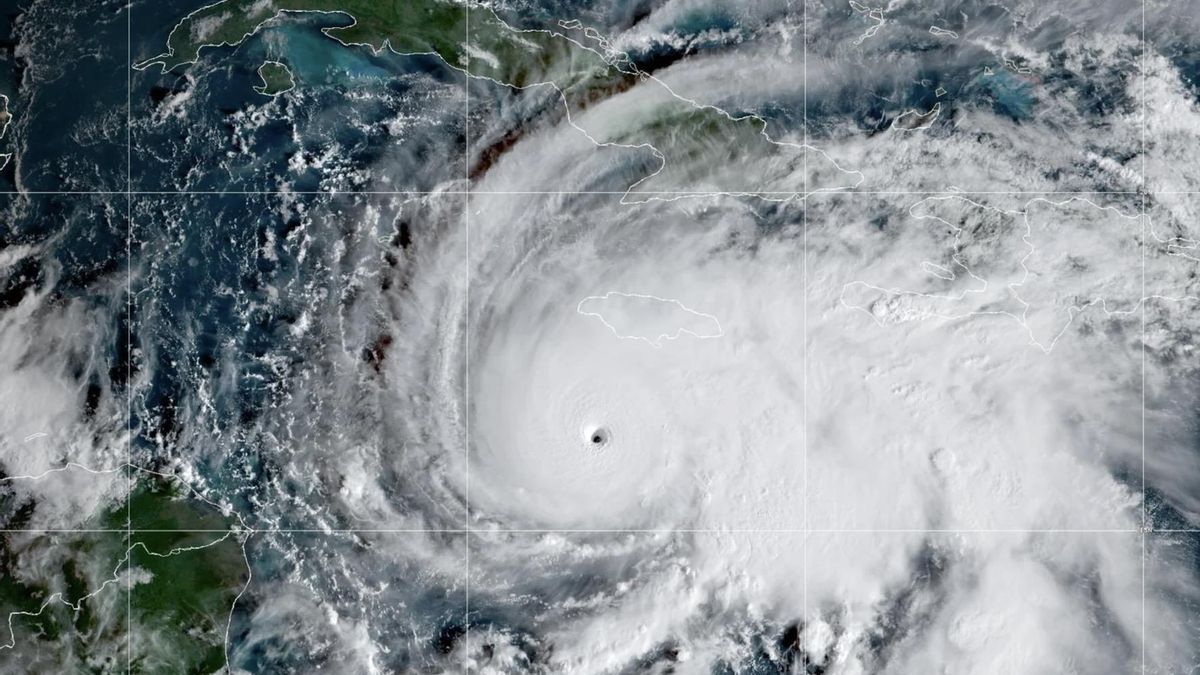Image: (APA/GEORG HOCHMUTH)

Image: (APA/GEORG HOCHMUTH)
The monument is tilted 3.5 degrees. Klemens Wihlidal won the art competition with his design “Schieflage (Karl Lueger 3.5 degrees)”.
The Lueger memorial has been a source of debate for years and has repeatedly been the target of vandalism during this time. Accordingly, the question of “how a city deals with problematic places” is emphasized by City Councilor for Culture Veronica Kaup-Hasler (SPÖ) at the presentation. After a long process in which a wide variety of stakeholders took part, the decision was finally made to go with contextualization. “I don’t want people to stop thinking about Lueger and his consequences, populism and political anti-Semitism.” This is the only way future generations can deal with this story. “You can’t talk about empty spaces,” she said, rejecting the removal of the monument.
“A disturbance in public space”
In the autumn of the previous year, the competition was finally launched, to which 13 artists were invited. The jury, headed by Eva-Maria Stadler from the University of Applied Arts Vienna, finally chose Wihlidal. “He turns the monument into a disturbance in public space,” she justified the decision, which she described as a “celebration of democracy.” Tilted by 3.5 degrees, the monument “optically loses its balance”. Ultimately, the imbalance “breaks the claim to monumentality”, whereby this intervention is also accessible without prior information. At the same time, however, the information board currently on site is to be revised and expanded. Implementation is planned for 2024.
Decision “somewhat unexpected”
In any case, Wihlidal’s project is not new, as it emerged as the winner in 2010 from an “open call” initiated by the Angewandte for a redesign of the monument. At that time, however, implementation would not have been possible, Kaup-Hasler pointed out in view of the discussion that has been going on since then. It would have been an “autocratic gesture” on the part of the city. The Viennese artist (born 1982) himself was a little surprised by the selection of his design. “The jury’s decision is still very fresh and somewhat unexpected.” He chose the tilt of 3.5 degrees “because it was the first moment that I experienced an irritation”. In any case, he is of the opinion that the monument should remain “as the original source and place of encounter with the topic”.
“Not an Aseptic City”
Kaup-Hasler does not believe that all discussions are over with the decision that has now been made. “If art leads to a 100% consensus of everyone, it’s either not art or it’s not good.” There will always be supporters and opponents. Much more important, however, is to keep the discussion going. “I insist that we also open up spaces for thought and expand horizons of thinking and contribute to a never-ending discussion.” In any case, she doesn’t want “an aseptic city that’s historically sanitized or clean.”
500,000 euros for implementation
The next step is about the detailed planning, since the base would have to be reinforced to make the sloping position possible, as explained by Martina Taig from KÖR Art in Public Space Vienna. The Federal Monuments Office will also be consulted. A total of 500,000 euros is estimated for the implementation. The currently on-site installation “Lueger temporär” by Nicole Six and Paul Petritsch, which uses a 39 meter long, five meter wide and eleven meter high wooden construction to collect artefacts from the Lueger tribute found in the cityscape, should be on display until autumn – provided that the space is not needed sooner for the dismantling of the monument, which is to be completely cleaned.

Image: (APA/GEORG HOCHMUTH)
Wihlidal, at least, was pragmatic about future graffiti on the monument. “It will now be cleaned and then rebuilt. After that, the discussion will remain as to how to proceed. It will be available again.” According to Kaup-Hasler, the city itself will “deal with such actions calmly, just as we have done in recent years”. One will see how the public will deal with the monument when it is seen in a new form. The other competition designs will be exhibited from June 19th to 23rd in the Vienna planning workshop.
Critics see the project as a failure
Benjamin Kaufmann from the International League Against Racism and Anti-Semitism in Austria (LICRA) was very critical of the decision made. “The award-winning design does not position itself against Lueger’s anti-Semitism, and in my view there is no break in honoring Lueger,” said. Both were the “clear goal” of the competition. “I don’t see how this minimal intrusion will result in identitarians and those to their right continuing to congregate there.” So the whole project failed. However, there is still a lot of time until the implementation planned for 2024. “I expect that what was presented today will be discussed very critically in public.”
“A punch in the face”
The Jewish Austrian University Students (JöH) took a similar line. “The permanent contextualization is a slap in the face for those affected by anti-Semitism,” said JöH President Victoria Borochov in a broadcast. “The clear demands of Jewish associations and Shoah survivors for removal, renaming and rededication were once again disregarded. With the despondent solution of the minimal misalignment, the City of Vienna missed another opportunity to clearly address Lueger’s anti-Semitism.”
“More Than Just Weak”
“Contemporary and courageous is different,” stated Ursula Berner, culture spokeswoman for the Vienna Greens. The fact that you have now selected a proposal that is more than ten years old is “more than just weak”. “The debate about how to deal with monuments has meanwhile developed further. How can one come up with the idea that ten years of research, ten years of public discourse and ten years of social development are without any effect?” The Viennese ÖVP, on the other hand, welcomed the approach. “A cleaned and – in the sense of contextualization – adapted monument can also point the way for other monuments in the city,” it said in a broadcast.
Source: Nachrichten




